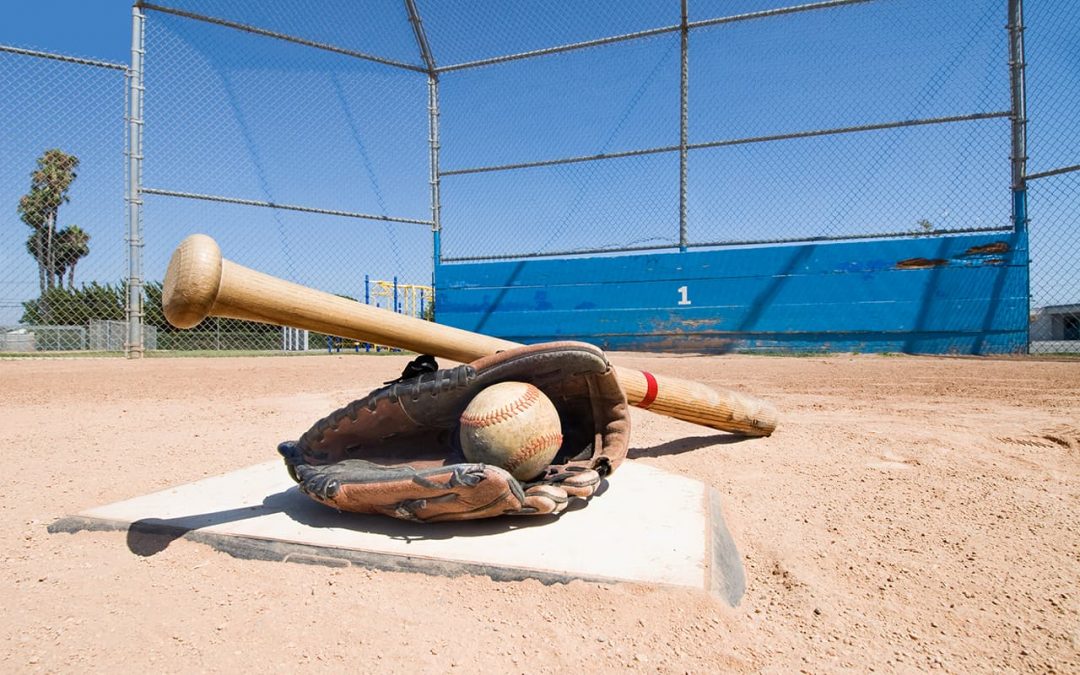Ever wonder why it’s called the World Series when only two leagues from the United States compete for the title? There are two explanations that get bandied about, but only one is true.
Some may tell you it’s a carryover from when the championship games were sponsored by the New York World Telegram, whose name was commonly shortened to “the World.” The series of baseball games began to get called the “World’s Series.” These are all facts, but the scenario isn’t an explanation for the name.
That honor goes to Pittsburgh Pirates owner Barney Dreyfuss. He wrote to the owner of the Boston Red Sox in 1903 and challenged the team to a “World’s Championship Series.” It seems that as far as Dreyfuss was concerned, the best team in the National League (his Pirates) and the best team in the American League (the Red Sox) constituted the best in the world.
The name was shortened over time. We know it today as the World Series – played every year except in 1904 and again in 1994. Today, there are East, West, and Central divisions of the American League and the National League – but not during the off season.
The Cactus League and the Grapefruit League
That’s how things are divided up during Spring Training for Major League Baseball. If you’re in the Cactus League, you practice in Arizona. The Arizona Diamondbacks don’t have far to travel for Spring Training, as their home stadium during the season is only 22 miles away. If you’re in the Grapefruit league, you practice in Florida. The Atlanta Braves actually practice on a stadium that’s a part of Disney World in Orlando.
That’s Cool, But What About Baseball Cards?
No sense beating around the bush. As the Chicago Tribune recently reported, some are still worth a fortune. A 1952 Mickey Mantle rookie card sold for $114,000 in 2017. Other cards have recently sold for tens of thousands of dollars. It wasn’t just who’s on the card, though. It’s the condition.
Most, the Tribune writes, are worth only about $25. What happened?
Strike!
In this case, it isn’t about missing the ball. Many believe it was the 1995 and 1996 Major League Baseball lockouts that precipitated the start of the demise of baseball cards. Finally, there might be something we can’t blame in the Internet.
The strikes lead to a rapid consolidation of the companies who made baseball cards. Many tried to capture the market, but they all failed. Even Marvel made a run for it, but the comic company was driven into bankruptcy. This was before Spiderman and the Avengers made it big-time on the big screen.
Fast-forward to 2009. There were only two companies which still made baseball cards. One of them stole home base by signing an exclusive contract with MLB as the exclusive maker of baseball cards. The name of that company is Topps, which has a contract with MLB through the 2020 season.
It’s difficult to say what will happen to the future of baseball cards after the 2020 World Series, but we’re confident about what’s going to happen to the cards representing the past. They’re only going to become more valuable.
But don’t take our word for it – just because we are one of the major sources for the vinyl and plastic protective sleeves favored by all kinds of collectors. The New York Times recently ran an article about Brady Hill, who owns a T-shirt printing company. Mr. Hill also invests in baseball cards. He told the Times that about 20% of his investment portfolio is in baseball cards. He’s shown in the article holding two of his baseball cards – which have a combined value of $1.2 million.
The top baseball card auction house, PWCC, says it’s not just age or rarity that determine price. The cards have to be in top shape which means they’ve been carefully protected all their lives. We can help with this part. Our adhesive backed pockets and pouches are some of our most popular products. They offer optimal protection for anything you value.
If you want optimal protection for the most valuable pieces in your collection, we’ll advise you to use a poly card holder. With over 40 years of experience, we know that vinyl offers protection from external hazards, but it can pull ink off printed surfaces in some cases.
And be extra careful if you happen to come across a baseball card featuring Honus Wagner while you’re slipping them into our adhesive backed pockets or pouches. Only 200 were printed between 1909 and 1911. You’ll have a baseball card worth $2.8 million in your hands.
Want to Learn More?
Contact the Vinyl Art Team at 800-569-1304
Rob Slattery | Executive Sales Director | robs@vinylart.wpengine.com
Tim Hitchings | Vice President | timhitchings@vinylart.wpengine.com


